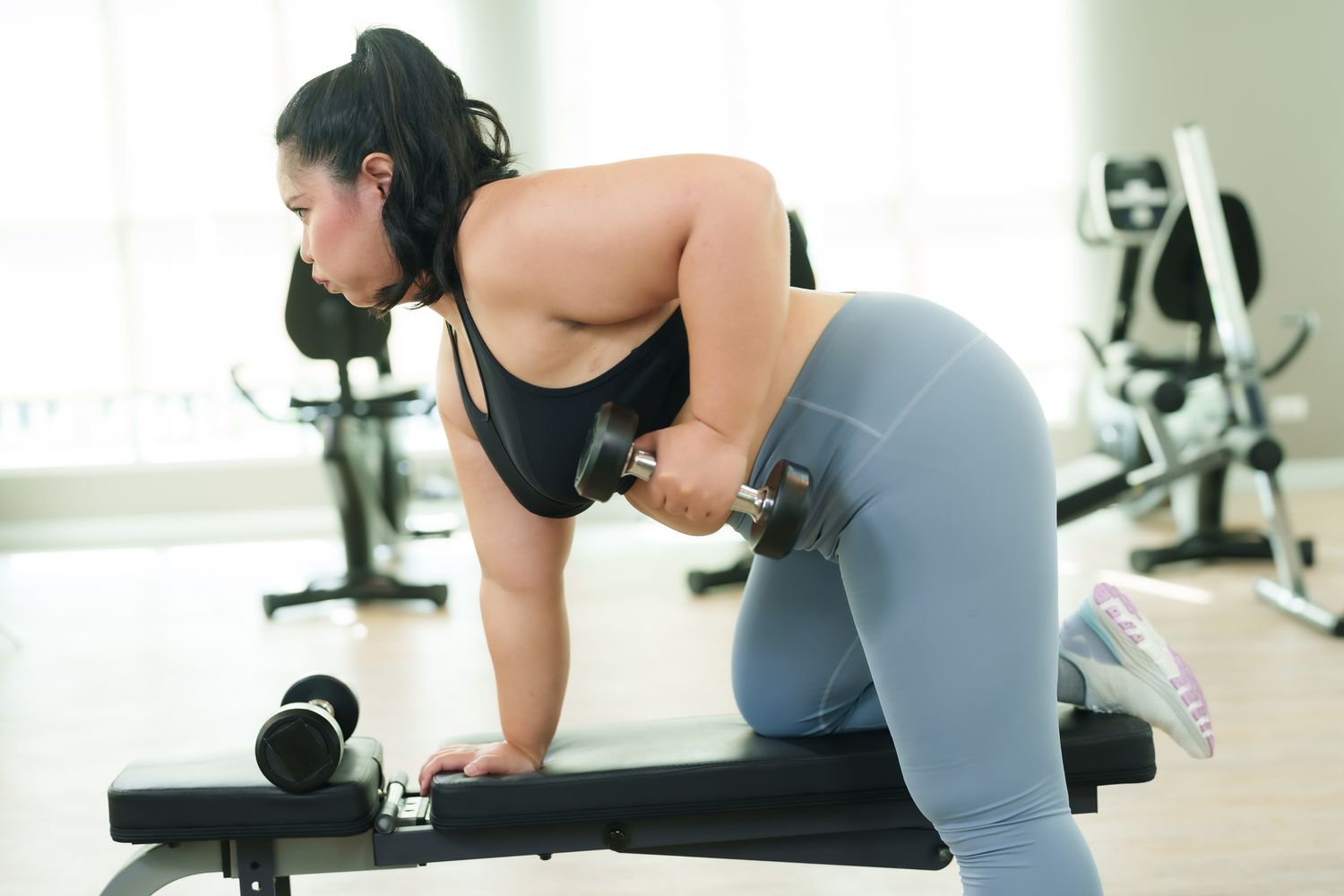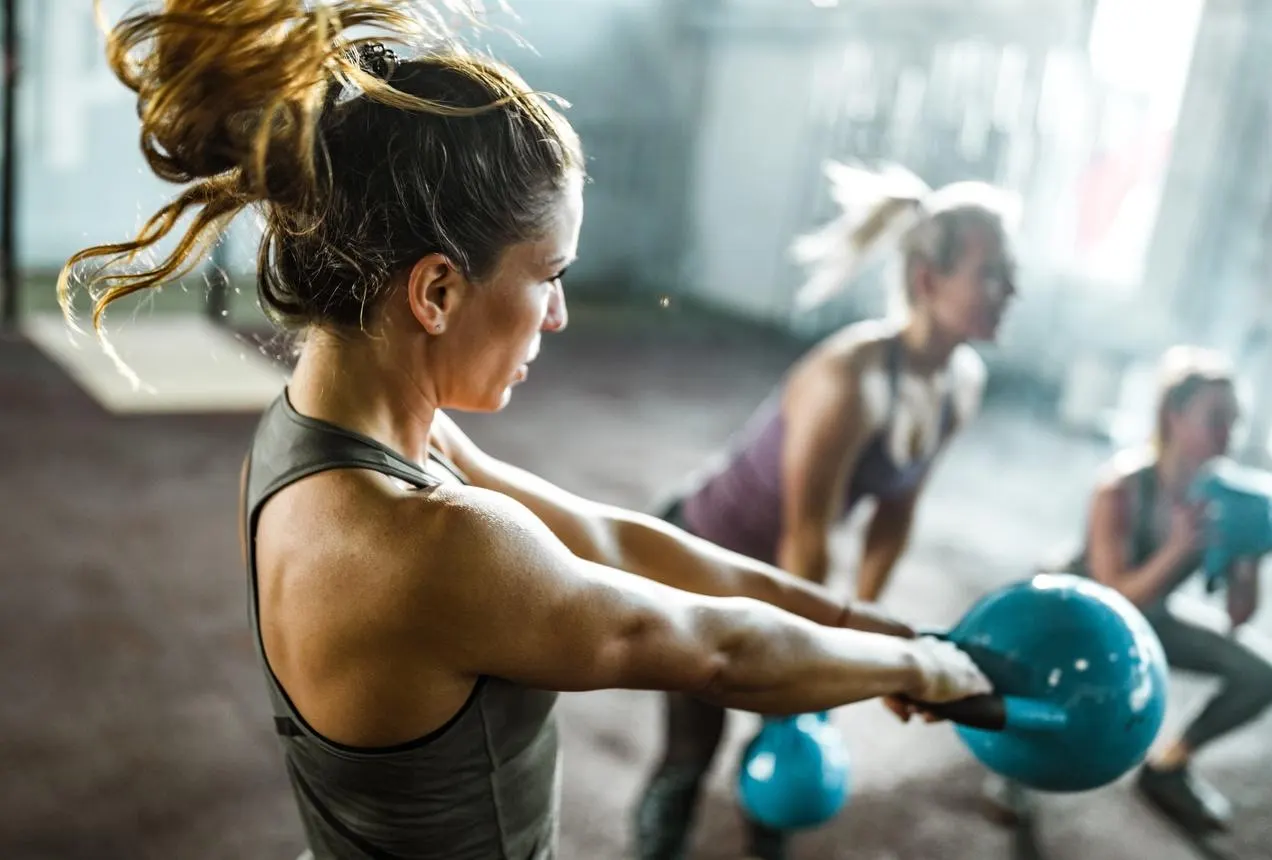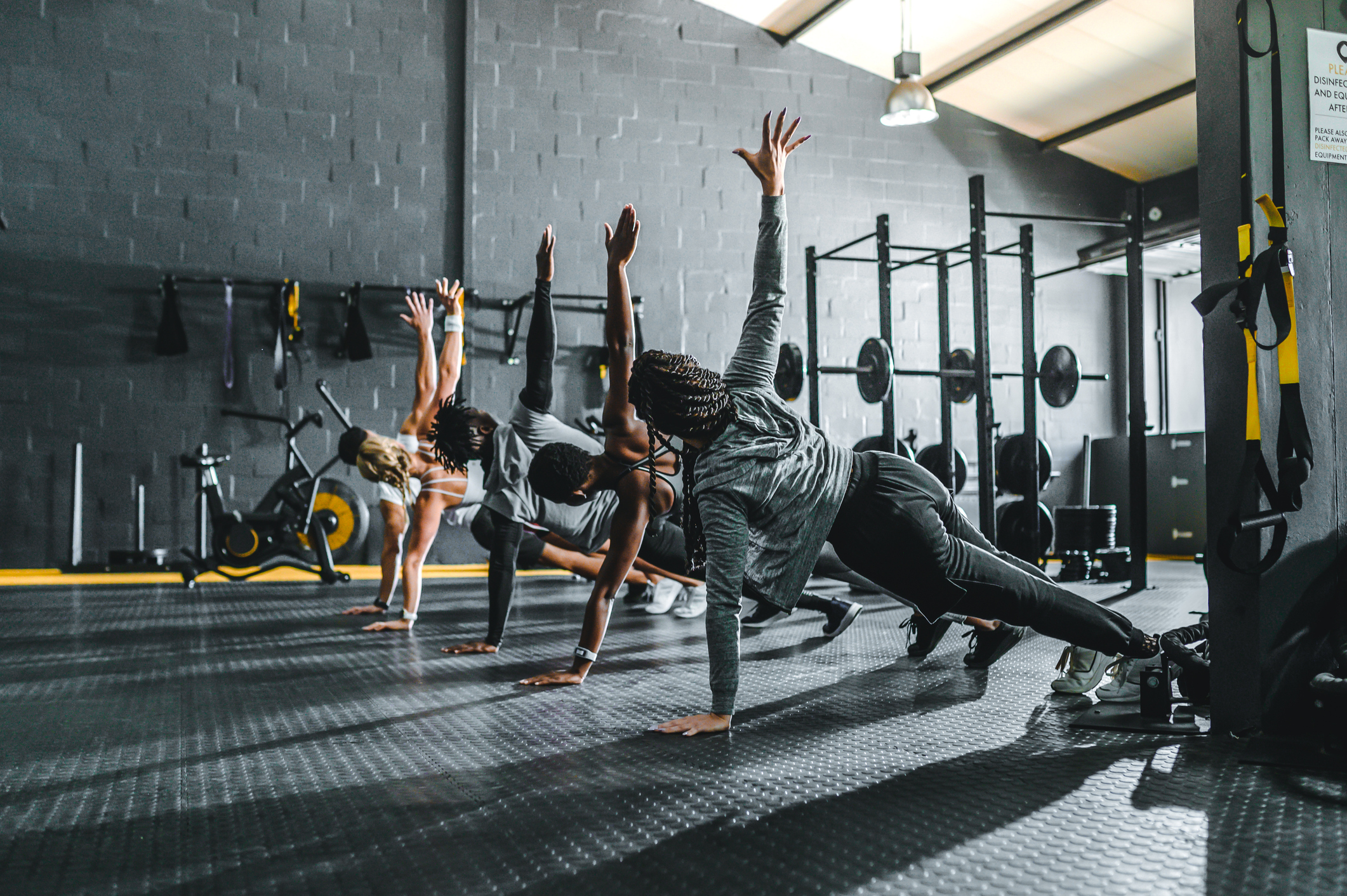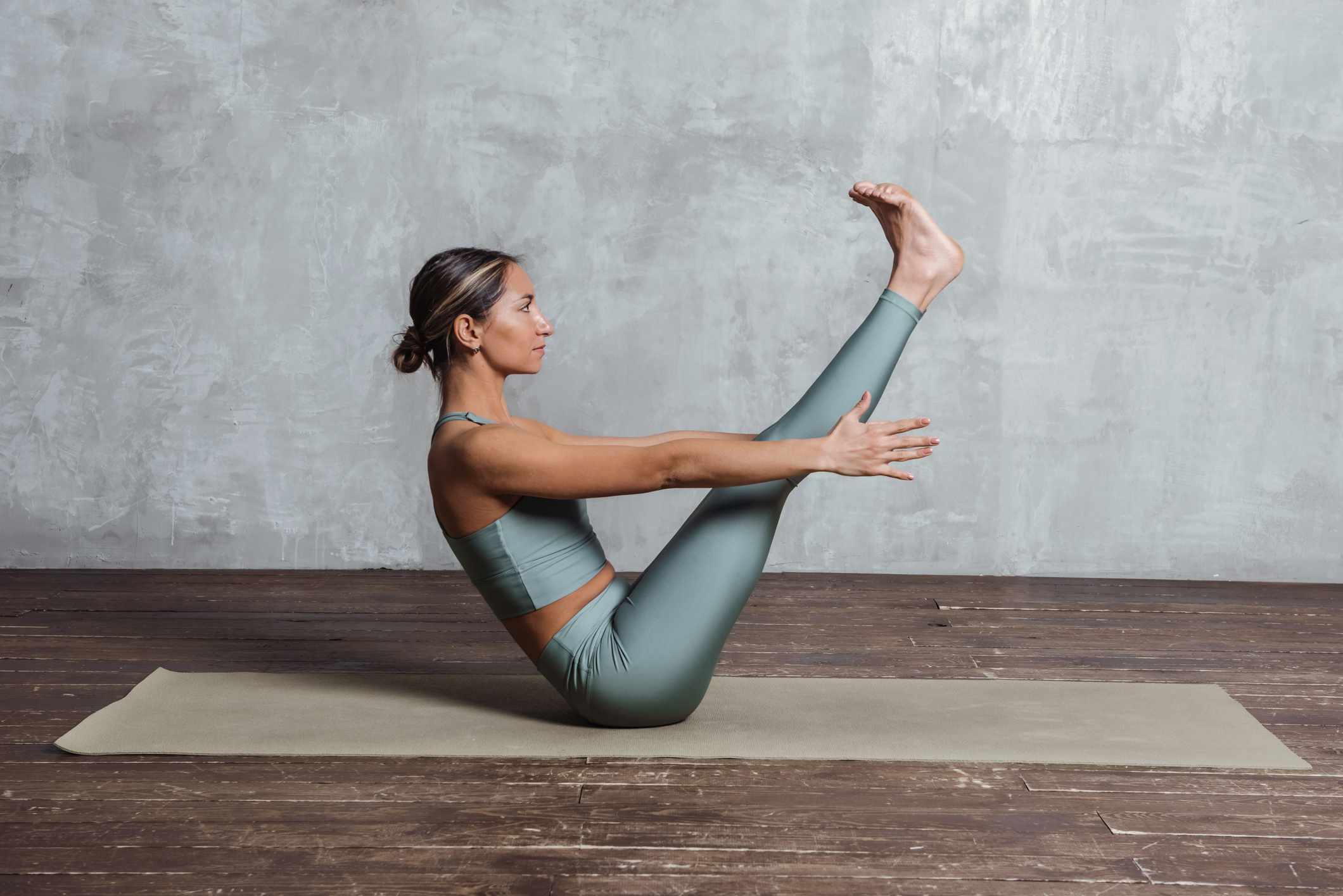Deconstructing Physical Fitness: Beyond a Single Definition
Physical fitness is not a monolithic entity but rather a dynamic state characterized by the ability to perform daily activities with vigor and alertness, without undue fatigue, and with ample energy to enjoy leisure-time pursuits and meet unforeseen emergencies. It encompasses several key components that work synergistically to contribute to our overall physical capacity and health. Understanding these components is the first step towards crafting a well-rounded fitness regimen:
- Cardiovascular Endurance (Aerobic Fitness): This refers to the efficiency of your heart, lungs, and blood vessels in delivering oxygen and nutrients to your working muscles during sustained physical activity. It’s the ability to engage in activities like running, swimming, or brisk walking for extended periods. Strong cardiovascular endurance is crucial for heart health, energy levels, and reducing the risk of chronic diseases like heart disease and stroke, prevalent concerns in many communities.
- Muscular Strength: This is the maximum force a muscle or a group of muscles can exert against a resistance in a single effort. It’s the power needed to lift heavy objects, carry loads, or perform forceful movements. Adequate muscular strength supports daily tasks, maintains bone density, and contributes to a healthy metabolism.
- Muscular Endurance: This is the ability of a muscle or a group of muscles to perform repeated contractions against a resistance for an extended period without fatigue. It’s essential for sustained activities like gardening, cycling for longer durations, or repetitive work tasks common in various occupations.
- Flexibility: This is the range of motion around a joint. Good flexibility allows for a wider variety of movements, reduces the risk of injuries, and improves posture. Regular stretching and activities like yoga or traditional Filipino martial arts movements can enhance flexibility.
- Body Composition: This refers to the proportion of fat mass to lean body mass (muscle, bone, organs, and water) in your body. A healthy body composition, characterized by a lower percentage of body fat and a higher percentage of lean mass, is vital for overall health and reducing the risk of chronic diseases like type 2 diabetes and high blood pressure.
The Profound Benefits of Embracing Physical Fitness:
The rewards of prioritizing physical fitness extend far beyond simply looking good. Engaging in regular physical activity yields a multitude of benefits that positively impact nearly every aspect of our lives:
- Improved Physical Health: Regular exercise strengthens your cardiovascular system, reduces blood pressure, improves cholesterol levels, and helps regulate blood sugar. It strengthens your bones and muscles, reducing the risk of falls and fractures, particularly important as individuals age within the community.
- Enhanced Mental Well-being: Physical activity is a powerful mood booster, releasing endorphins that can alleviate stress, anxiety, and symptoms of depression. It improves sleep quality, enhances cognitive function, and boosts self-esteem and confidence.
- Increased Energy Levels: Counterintuitively, regular exercise can combat fatigue and increase your overall energy levels, making daily tasks feel less strenuous and allowing you to engage more fully in life.
- Disease Prevention: Maintaining a physically active lifestyle significantly reduces your risk of developing numerous chronic diseases, including heart disease, stroke, type 2 diabetes, certain types of cancer, and osteoporosis, contributing to a healthier and longer life within the region.
- Improved Quality of Life: Ultimately, physical fitness enhances your overall quality of life, allowing you to participate more fully in social activities, pursue hobbies, and enjoy a greater sense of vitality and well-being within your community and family.
Embarking on Your Fitness Journey: Practical Strategies for Success:
Starting a fitness journey can feel overwhelming, but breaking it down into manageable steps can make it more attainable and sustainable, regardless of your current location or resources:
- Set Realistic Goals: Begin by defining your fitness goals. Are you aiming to improve your cardiovascular health, build strength, increase flexibility, or manage your weight? Setting specific, measurable, achievable, relevant, and time-bound (SMART) goals will provide direction and motivation.
- Find Activities You Enjoy: The key to long-term adherence is finding physical activities that you genuinely like. Explore different options such as walking, jogging, dancing, swimming (if accessible), cycling, or participating in local sports or fitness classes. Engaging in enjoyable activities makes exercise feel less like a chore.
- Start Slowly and Gradually Progress: If you’re new to exercise, begin with short durations and low intensity. Gradually increase the time, intensity, and frequency of your workouts as your body adapts. This approach minimizes the risk of injury and burnout.
- Incorporate Variety: Engaging in a variety of exercises that address all five components of physical fitness will yield the most comprehensive benefits. Mix cardiovascular activities with strength training, flexibility exercises, and balance work.
- Make it a Habit: Schedule your workouts as you would any other important appointment. Consistency is crucial for seeing results and making fitness a sustainable part of your lifestyle.
- Listen to Your Body: Pay attention to any pain or discomfort and don’t push yourself too hard, especially in the beginning. Rest and recovery are just as important as the workouts themselves.
- Stay Hydrated and Nourish Your Body: Proper nutrition and hydration are essential fuel for your fitness journey. Consume a balanced diet rich in fruits, vegetables, whole grains, and lean protein, and drink plenty of water throughout the day.
- Seek Support and Accountability: Consider exercising with a friend, joining a local fitness group, or seeking guidance from a healthcare professional or certified fitness trainer for motivation and support.
Sustaining Your Commitment: Building a Lifelong Active Lifestyle:
Maintaining a physically active lifestyle is a marathon, not a sprint. Here are some strategies to help you stay committed over the long term:
- Track Your Progress: Monitoring your achievements, whether it’s increased endurance, strength gains, or improved flexibility, can provide motivation and reinforce positive habits.
- Reward Yourself (Healthily): Acknowledge your milestones with non-food rewards that support your well-being, such as new workout gear or a relaxing massage.
- Adapt to Challenges: Life inevitably presents obstacles. Be flexible and adapt your routine as needed. Even shorter workouts or different activities are better than no activity at all.
- Find Joy in the Process: Focus on the positive feelings and benefits you experience from being active, rather than solely on achieving specific outcomes.
- Continuously Learn and Explore: Stay curious about different forms of exercise and find new ways to challenge and engage your body.









